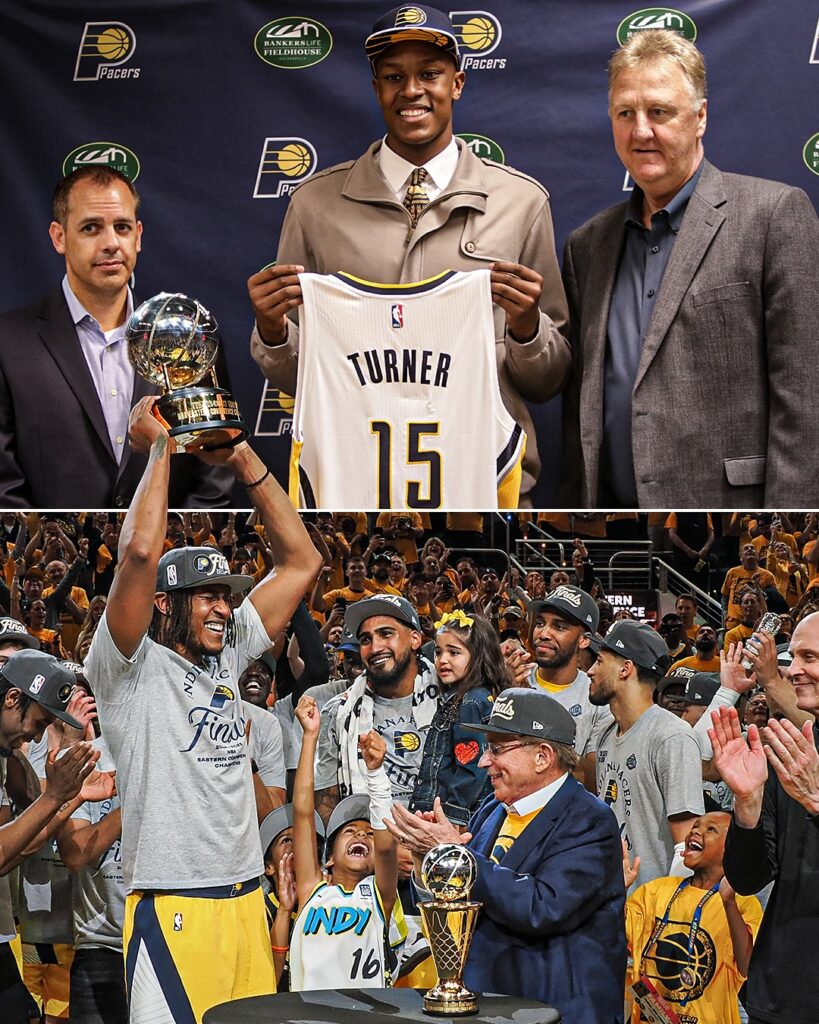
The path to NBA stardom is rarely straightforward. Every player who steps onto the hardwood at the highest level carries a distinct narrative—shaped by their upbringing, challenges, and personal drive. While some enter the league with immediate fanfare and expectations of superstardom, others face a longer road marked by development, setbacks, and a quest to find their identity.
The early years in the NBA are particularly critical. These seasons set the foundation for future success, but they also present a complex blend of opportunity and uncertainty. For many rookies and young players, the transition is about more than just adjusting to the speed and skill of the professional game—it’s about carving out a role, proving value, and learning how to thrive within a team’s system.
The Leap From Amateur to Pro
The jump from college or international play to the NBA is a seismic shift. Players suddenly find themselves competing against the world’s best athletes every night, under the bright lights of massive arenas, often with the weight of expectations from franchises, fans, and media.
The physicality and pace can be overwhelming. The long travel schedules, the grind of an 82-game season, and the mental pressure to perform can test even the most talented athletes. Many players recount how their rookie year felt like a “trial by fire,” where mistakes were magnified and adjustment was constant.
But this phase is also a time of incredible growth. Young players learn how to manage their bodies better, refine their skills against elite competition, and absorb coaching philosophies. The difference between success and struggle in these early years often comes down to attitude and adaptability.
Finding One’s Role: From Rookie to Contributor

No two NBA teams are alike, and each player’s role varies dramatically depending on team construction and coaching strategy. For some, the path to playing time is straightforward—top draft picks are often given ample minutes to develop. For others, earning minutes requires patience, hustle, and a willingness to contribute in less glamorous ways.
Take the example of role players who excel on defense or as energy boosts off the bench. Their value might not show up in highlight reels, but their impact is vital. Understanding this reality early on and embracing one’s role can be the difference between stagnation and growth.
Meanwhile, emerging stars must balance the pressure to perform with the patience to refine their game. Too often, early struggles lead to criticism or even trade rumors, but those who remain focused and dedicated tend to evolve into cornerstone players.
Overcoming Challenges and Setbacks
The early NBA years can also be riddled with obstacles. Injuries, inconsistent playing time, coaching changes, and even off-court distractions can derail progress. The mental toughness to navigate these challenges often separates good players from great ones.
For many, it’s also a time of personal growth—learning to manage finances, media attention, and life away from home. Veteran teammates and mentors play a crucial role, helping young players adjust both on and off the court.
Players like Damian Lillard, Kawhi Leonard, and Jayson Tatum have shared how their early struggles fueled their eventual success, highlighting that setbacks don’t define a career but can shape the mentality required for greatness.
The Importance of Support Systems

Behind every young player adjusting to the NBA is a support system—family, coaches, teammates, and agents—helping navigate the ups and downs. This network provides guidance, motivation, and stability.
Coaches who invest time in developing young talent can accelerate a player’s growth. Teams that foster a culture of learning and accountability create environments where rookies and sophomores can thrive without fear of failure.
Mentorship from veterans is invaluable. Experienced players often take younger teammates under their wing, offering advice on everything from conditioning to game preparation and handling pressure. This guidance can help ease the transition and foster confidence.
Case Study: A Journey of Growth
Consider the journey of a player like Tyrese Haliburton. Drafted in 2020, Haliburton entered the league with undeniable skill but was initially seen as a secondary option. Through consistent improvement, embracing his role, and adapting to the professional game, he quickly became a key playmaker and leader. His growth epitomizes the blend of patience and perseverance that defines many early NBA journeys.
Haliburton’s story highlights the importance of seizing opportunity—whether through increased playing time due to injuries or team changes—and continuously developing one’s craft. His rise wasn’t overnight but built on steady progress and maturity.
The Role of the Organization
An organization’s commitment to developing young talent can greatly influence early career trajectories. Some teams prioritize rebuilding through the draft and give their young players the minutes and resources needed to grow. Others, focused on winning immediately, may have less patience for development, trading young assets for veterans.
For players, being in the right situation matters. Sometimes a change of scenery, whether through trade or free agency, offers the fresh start needed to unlock potential. Finding a coach who believes in you and a system that fits your style can transform a promising player into a star.
Looking Ahead: Building Blocks for Longevity

The early years are just the beginning. What players do during this period lays the groundwork for longevity and sustained success. Developing habits around health, conditioning, and mental preparation is crucial.
Many players credit their early struggles and learning curves for the discipline that eventually leads to peak performance. The NBA is a marathon, not a sprint, and those who master the early challenges often enjoy long, productive careers.
Conclusion: Embracing the Journey
Every NBA player’s early career is a unique blend of promise and uncertainty. It’s a time of tremendous learning—on the court, in the locker room, and in life beyond basketball. Adjustment and growth define this phase, and players who embrace their roles, overcome adversity, and seek continuous improvement position themselves for success.
While the spotlight often shines brightest on established stars, the journey through those formative years shapes the future legends of the league. For fans and aspiring players alike, understanding this process adds depth to the game and appreciation for the perseverance required to make it at the highest level.



